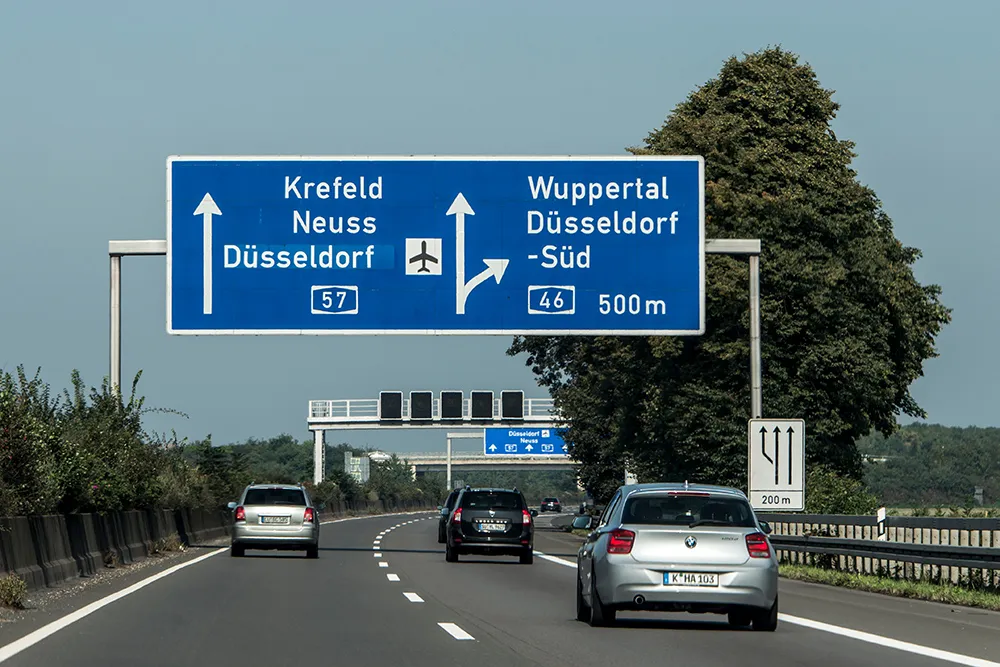Car maker
Volvo will demonstrate the technology on a 10-15km stretch of public road in November.
New Zealand Transport Minister Simon Bridges sees autonomous vehicles as a big part of the future of transport, offering potential safety, efficiency and environmental benefits.
“This is will be the first trial of its kind in New Zealand and reflects our world-leading regulation around autonomous vehicles, which encourages new technology while protecting public safety,” he says. “The Government is ensuring New Zealand stays at the forefront of transport innovation, with recent reviews of the rules relating to autonomous vehicles, unmanned aerial vehicles (UAVs) and small passenger service operators, respectively.”
First autonomous vehicle trial for New Zealand
Car maker Volvo and the New Zealand Traffic Institute (Trafinz), New Zealand Transport Agency (NZTA) and the Ministry of Transport are to demonstrate an autonomous vehicle as part of the national Trafinz transport conference. Volvo will demonstrate the technology on a 10-15km stretch of public road in November.
September 9, 2016
Read time: 1 min









